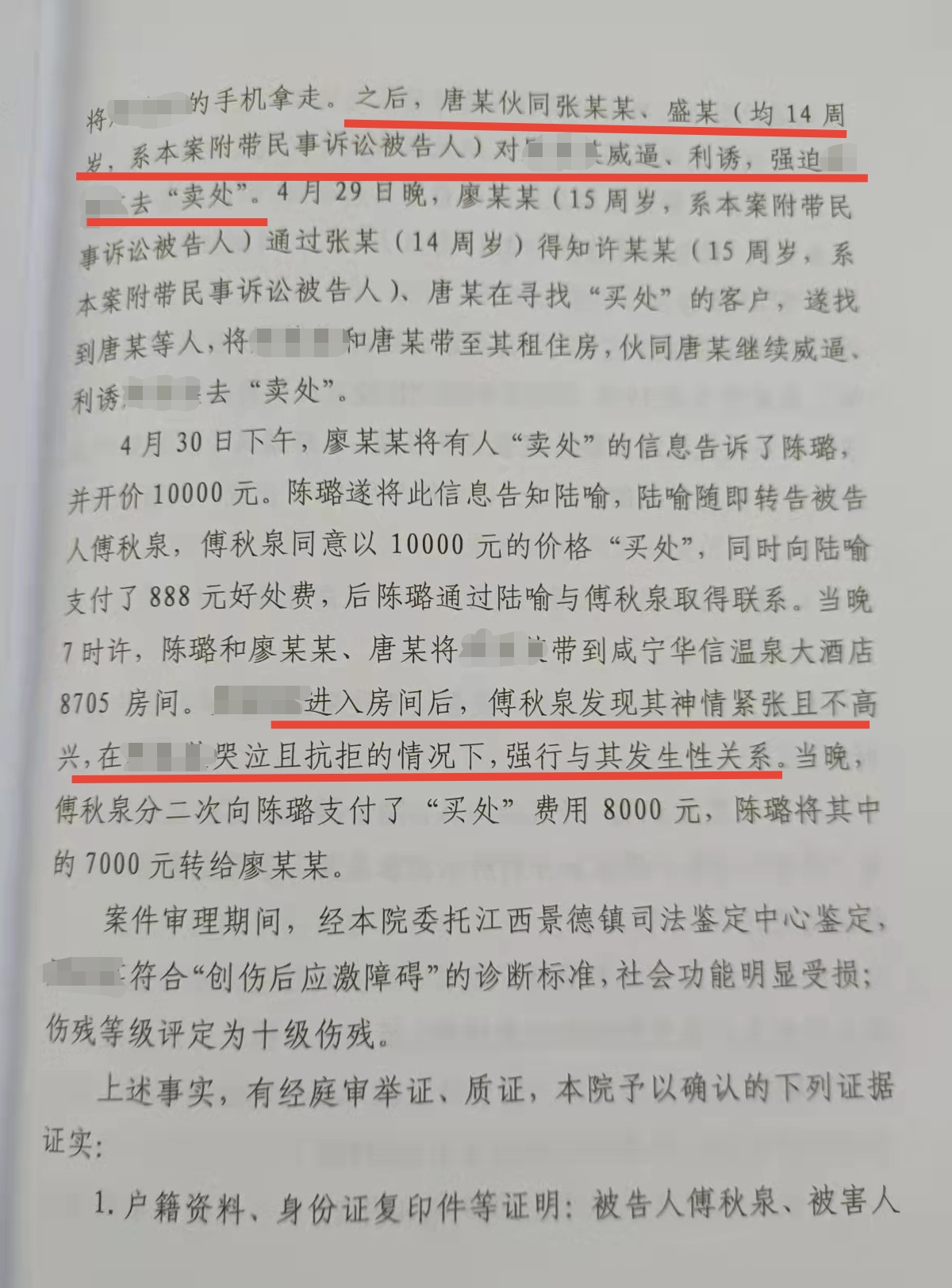Can you fill a cavity by brushing your teeth? Special toothpaste is not credible!



Special toothpaste sold by e-commerce platform (screenshot)
Yangcheng Evening News reporter Xue Renzheng correspondent You Hualing Jiang Yun
Recently, some parents reported that they bought a so-called "tooth cavity repair toothpaste" online for their children to use when they saw their children with dental caries, hoping to repair their teeth by brushing their teeth. As a result, it backfired. Not only did the tooth decay not be repaired, but it changed from one tooth decay to six.
The reporter searched for related products on the e-commerce platform and learned that there are many kinds of special toothpaste similar to "Toothcavity Repair Toothpaste", some of which are advertised as "Repair Toothenamel" and some are labeled as "Inhibition of Helicobacter pylori" and "Probiotic Protection". What is the efficacy of the so-called special toothpaste? How to do oral care correctly in daily life? In this regard, the reporter interviewed experts in stomatology to answer.
Buyers show praise, netizens deeply questioned.
The reporter searched for related products through the online social platform and found that most netizens held a wait-and-see attitude towards the so-called special toothpaste, especially the "tooth cavity repair toothpaste". Some netizens said that how can a tooth cavity be repaired by toothpaste? Others make it clear that special toothpaste is an "IQ tax product". Some netizens even ridiculed: "If this is useful, isn’t the dentist going to be unemployed?"
On the e-commerce platform, the reporter randomly browsed some shops, but found that the product pages of these special-effect toothpastes were written with the slogan "Don’t go to the hospital", "Stay away from tooth holes" and "Just brush them", which was very attractive. In the evaluation area, "buyer show" mostly praised its products for their remarkable efficacy.
In the evaluation area of a "Toothpaste for Tooth Cavity Repair" product, more than 100 buyers showed their photos before and after use, and said that the product used very well. Some commented that "the doctor recommended it", while others claimed that "the tooth did not hurt after buying this toothpaste". Some even took photos of their cavities before and after use and commented: "After using for more than one month, the cavities have decreased and the cavities have improved … …”
When the reporter asked the customer service of the store about "Tooth Cavity Repair Toothpaste", they all asked about its working principle, but most of the customer service was vague. Some customer service claims that it "permeates the skin directly to the affected area" and keeps silent about the effect of tooth repair; Some only emphasize that products contain "patented active ingredients".
Failure to repair a tooth cavity is harmful or worse.
"At present, there is only toothpaste that can reduce or prevent dental caries, and there is no toothpaste that can repair dental caries. It is not credible to brush teeth and fill cavities." Lu Haibin, deputy chief physician of the Department of Stomatology of the Fifth Affiliated Hospital of Southern Medical University, said that the cleaning and repairing of dental caries is a delicate process.
The reporter learned that in the treatment of mild dental caries, doctors will use a turbine dental drill to grind away the decayed tissue and prepare it into a special hole shape. After cleaning, the pulp was specially protected and the hole was filled with polymer resin. After the filling resin is cured, the turbine is used to finely adjust the shape.
If there is serious dental caries, it will affect the nerves inside the teeth and cause pulpitis. In this case, it is necessary to remove the putrefaction mechanically, kill the nerves with drugs, and carry out anti-inflammatory treatment and root canal treatment. Only after repeated dressing changes can the damaged teeth be filled with resin to restore the tooth shape.
"In the process of treating dental caries, doctors will pay special attention to it. On the one hand, cleaning the decayed tissue should ensure that the tissue is completely removed, on the other hand, the oral cavity should be protected during the cleaning process to prevent saliva pollution." Lu Haibin said that toothpaste can only produce some foam, which plays a friction role in the process of brushing teeth, and it is impossible to effectively clean decayed tissues.
In repairing and filling, the so-called "tooth cavity repairing toothpaste" is also difficult to work. "Toothpaste can only act on the superficial parts of teeth, even if the so-called ‘ Repair toothpaste ’ When materials that can form hydroxyapatite crystals are used, a similar protective layer will not be formed within a short time after brushing your teeth. Generally, they will be dissolved in water and taken away when gargling. " Lu Haibin said.
"Whether it is cleaning or filling, the feasibility of repairing through some toothpaste is very low." Shao Ling, an attending physician in the Department of Stomatology, the Third Affiliated Hospital of Southern Medical University, said, "Not only is the treatment effect difficult to guarantee, but it is also possible to cover and fill the decayed tissue when it is not completely cleaned up, and the bacteria will be trapped in the teeth, which will lead to further decay in the teeth and even cause pulpitis."
Sales rely on gimmick experts to be busy with science popularization.
The reporter learned from the store monster data platform that the sales of various special toothpaste on an e-commerce platform are considerable. Among them, the daily sales of toothpaste with the selling point of "inhibiting Helicobacter pylori" is more than 10,000, the daily sales of toothpaste with the selling point of "repairing" is more than 80,000, and the daily sales of toothpaste with the banner of "probiotics" is more than 340,000. The total sales of these three kinds of special toothpaste account for about 1/4 of the total daily sales of toothpaste.
Do these special toothpaste really have special functions? The expert gave a negative answer.
"There is no medicine toothpaste that can prevent or kill Helicobacter pylori." Lu Haibin bluntly said that the treatment of Helicobacter pylori requires systematic and standardized use of antibiotics, which is almost impossible to kill in the oral cavity, and the treatment of Helicobacter pylori is mainly in the digestive tract such as the stomach and intestines. The stomatology department mainly plays an auxiliary role in the treatment of this kind of bacteria, and the role of this kind of toothpaste is not credible.
"It is also unrealistic to use toothpaste to repair enamel." Lu Haibin said that if the enamel has been damaged, it needs to be repaired with materials such as resin according to the degree of damage, and toothpaste can only play a preventive role.
"It is only theoretically possible for toothpaste probiotics to regulate oral colonies." Shao Ling introduced that when there are no symptoms such as inflammation in the mouth, most of the internal colonies are beneficial colonies in a balanced state, and it is not recommended to use special toothpaste to destroy the internal balance of the mouth. If the oral cavity has been diseased, you should seek medical advice as soon as possible, and use mouthwash or medicine according to the doctor’s advice. It is unrealistic to treat the disease with toothpaste.
Brushing teeth is very important, and prevention is the key.
"The most important thing to protect your teeth is to brush your teeth." Shao Ling said that the bacteria that produce tooth decay are mostly anaerobic bacteria, which will give bacteria a good breeding environment after closing their mouths. Brushing your teeth in the morning and evening can clean up the food residues in your mouth and reduce the growth of bacteria. "It is recommended to use ‘ Pap brushing ’ Method, choose a soft-haired toothbrush, and point the toothbrush and the long axis of the tooth at 45 to the apical direction for cleaning. " She added.
"The selection of toothpaste is recommended to use fluoride toothpaste." Lu Haibin believes that fluoride has an inhibitory effect on acid-producing bacteria, which can directly inhibit the bacteria in dental plaque, inhibit the production of intracellular and extracellular polysaccharides of Streptococcus cariogenes, and affect the growth and reproduction of bacteria. Fluorine also plays an important role in inhibiting the formation of dental surface film and plaque growth. Fluorine ions exchange with hydroxyl ions in enamel hydroxyapatite to form fluorapatite, which will strengthen the structure of enamel and reduce its solubility, thus enhancing the anti-caries ability of teeth.
"Children under 6 years old are recommended to use fluoride-free toothpaste for children because of their poor swallowing reflex." Lu Haibin said.
"As long as you pay attention to oral health in your daily life, you don’t have to worry too much about yellow teeth." Lu Haibin introduced that the tooth surface has a multi-layer structure, the first layer of enamel is white, and the second layer of dentin itself is pale yellow.
He said: "If there are not dental calculus in the mouth, or pigmentation caused by smoking and drinking tea, there is no need to ‘ Yellow teeth ’ Too much care, most healthy teeth are pale yellow. "

































